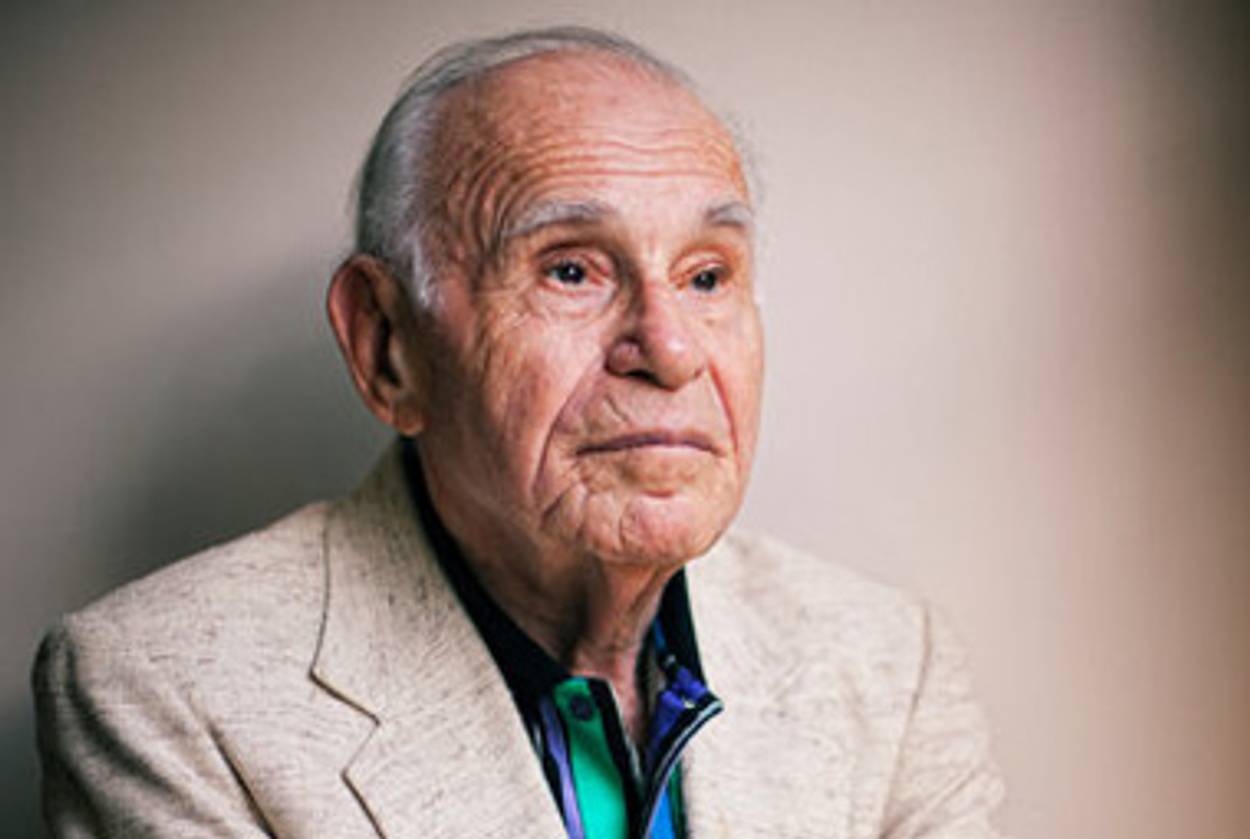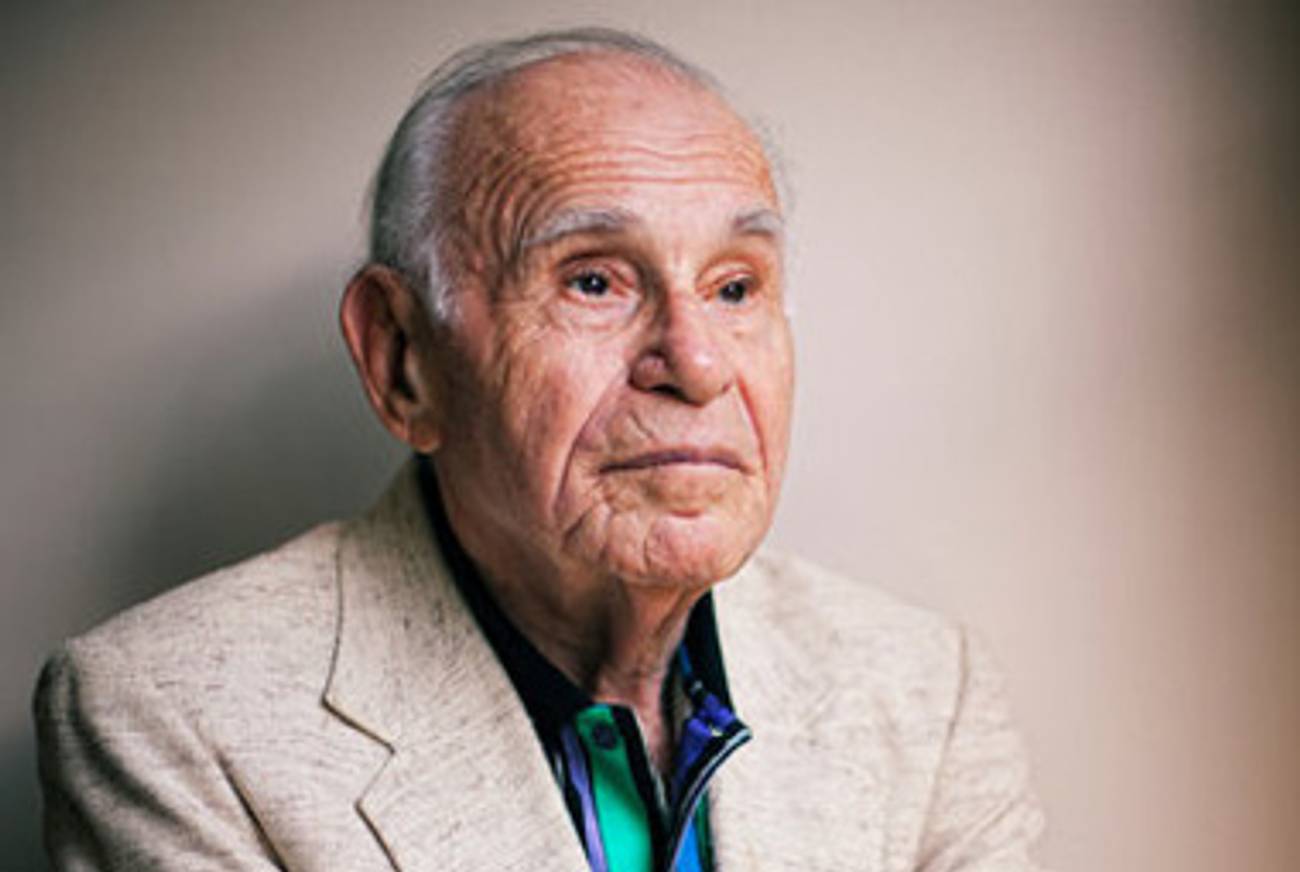Old Jewish Studio Involved in Ludicrous Lawsuit
An auteur theory of the ‘Times’




Cinema’s auteur theory holds that the prime creator of the film (typically the director) is able to imbue the work with his or her distinct vision even amid the obstacles of a studio system dedicated to cranking out products as on an assembly line. A similar theory could be applied to writers: no matter the topic, their obsessions and interests will shine through. That’s one way to approach today’s New York Times story about the colossal asshole who is suing his wedding photographer for allegedly failing to adequately capture the happy day all the way back in 2003. He has asked the photographer to pay damages for the alleged breach of contract, but has also demanded a lot more money to arrange for a re-staging and re-photographing of the wedding—despite the fact that his wife is actually now his ex-wife, and she’s gone and moved back to Latvia, he thinks.
The author is Joseph Berger, who perhaps more than any other reporter is responsible for the Grey Lady’s status as a preeminent daily magazine of Jewish life and culture. And duly the studio being sued is H & H Photographers, founded 65 years ago in the Bronx by Curt Fried, who escaped Vienna in 1939 and knew Weegee in the ’40s. He’s a classic Berger character, in other words.
(The other interesting subtext is that it’s a story of the financial crisis: the plaintiff is a former equity research analyst who has been unemployed since 2008, which is also when he and the ex separated, and this is clearly a cry for help of some kind. As Fried, 87, puts it, “He wants to fly his ex-wife back and he doesn’t even know where she lives.”)
The good news is that the judge seems sympathetic to common sense, though she is allowing the breach-of-contract aspect of the suit to continue. On her face, she is not a typical Berger character: despite the name, Judge Doris Ling-Cohan is a prominent Chinese-American jurist. Yet in one opinion, she wrote: “This is a case in which it appears that the ‘misty watercolor memories’ and the ‘scattered pictures of the smiles … left behind’ at the wedding were more important than the real thing.” The quotes are from Barbra Streisand’s “The Way We Were.” The auteur strikes again!
Marc Tracy is a staff writer at The New Republic, and was previously a staff writer at Tablet. He tweets @marcatracy.